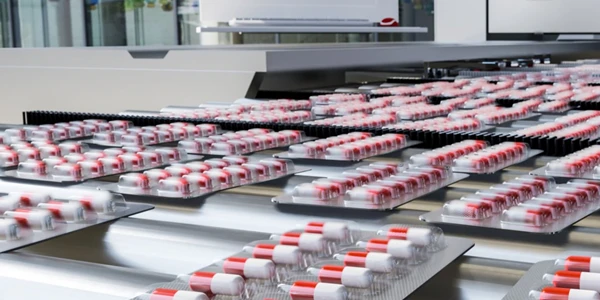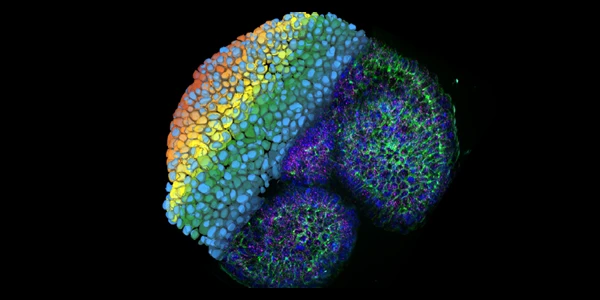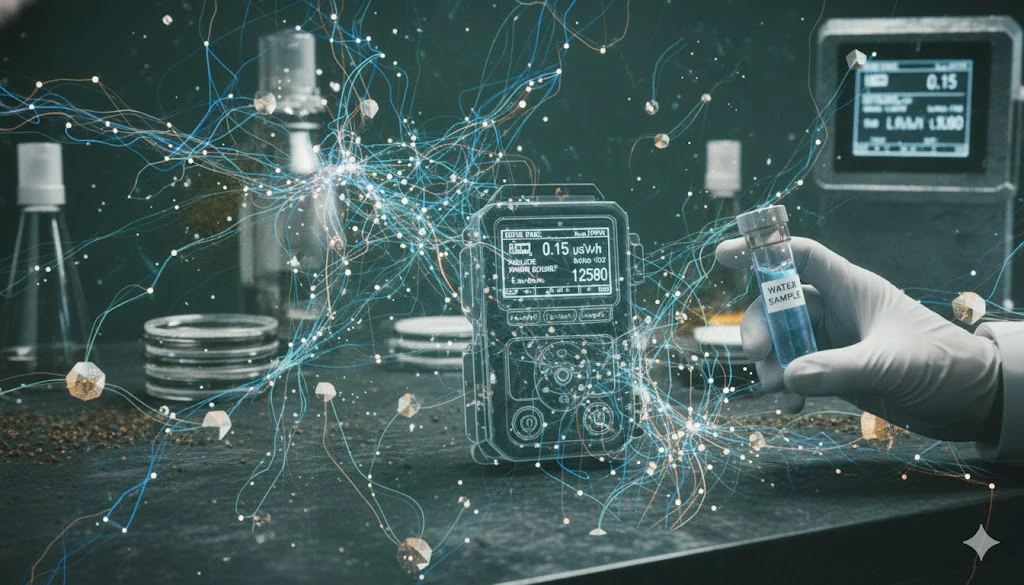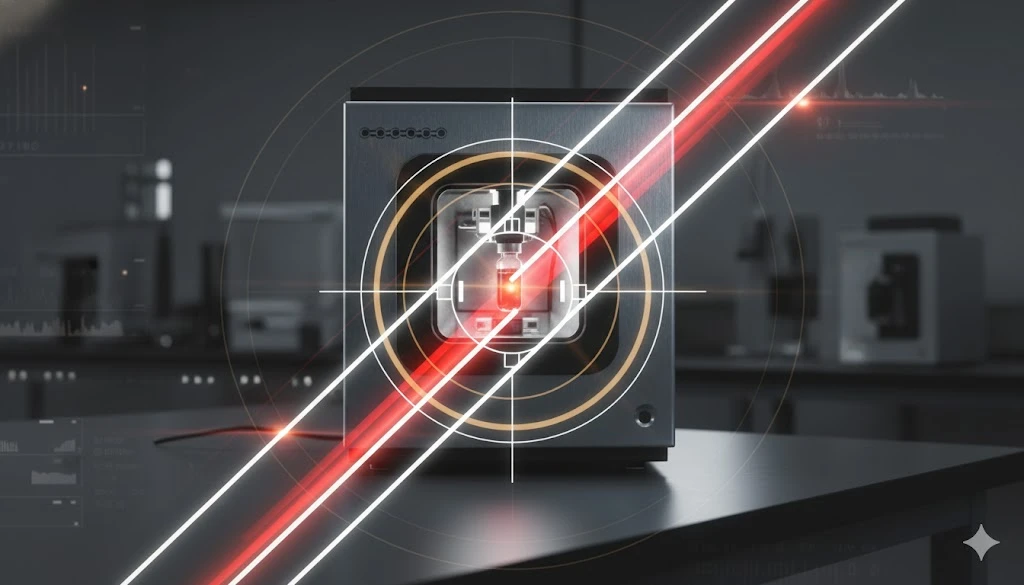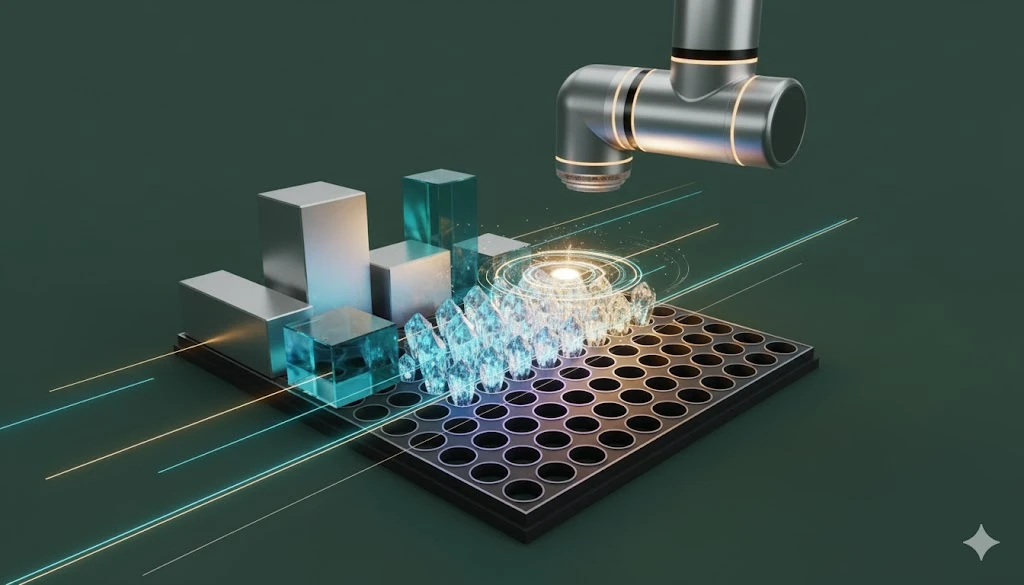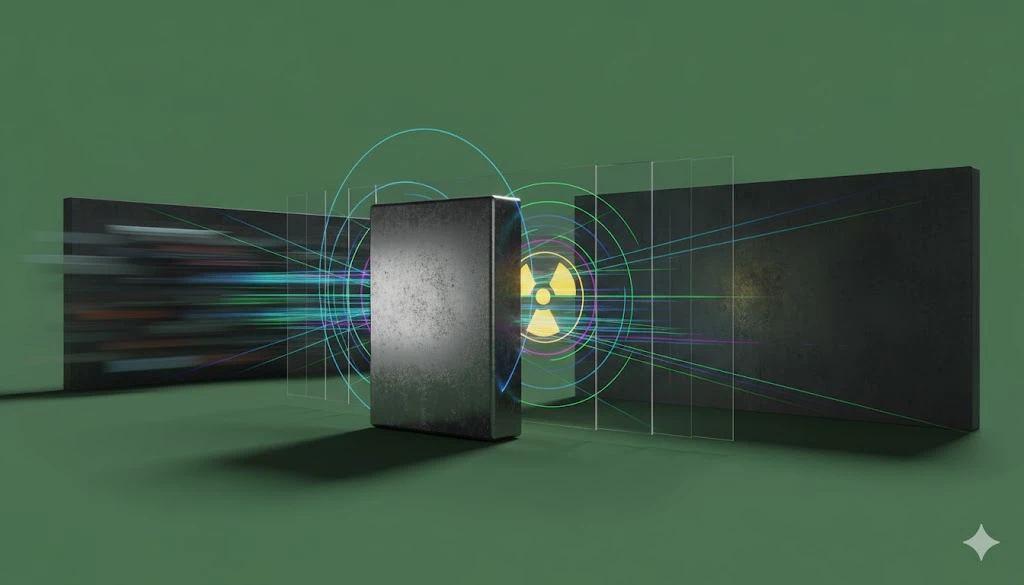Integrated Electrochemical Workstations: Streamlining Battery Research and Development Workflows
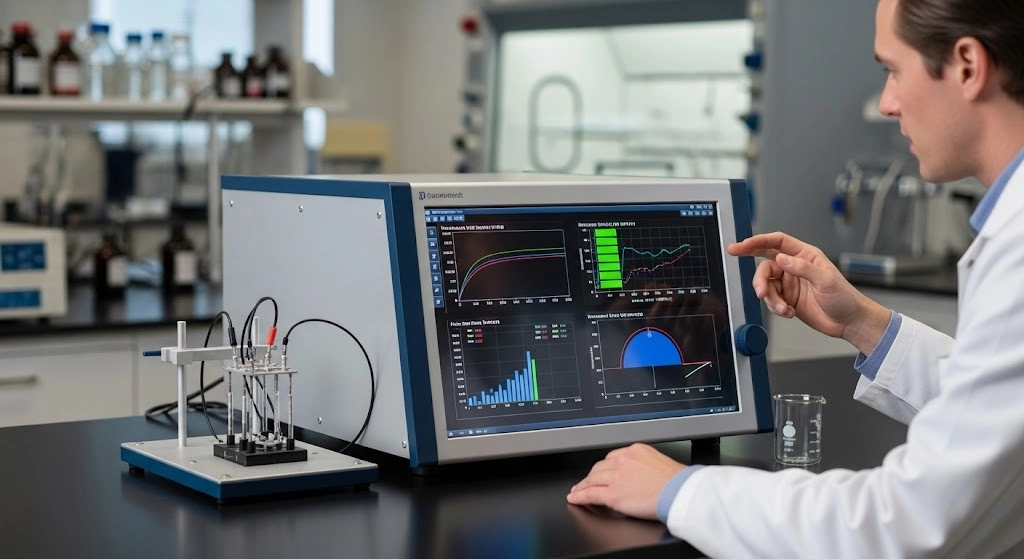
ImageFX (2025)
For laboratory professionals at the forefront of battery innovation, the quest for higher energy density, improved safety, and extended cycle life is relentless. This pursuit demands not only sophisticated analytical techniques but also efficient workflows that can manage vast amounts of data, accelerate testing cycles, and ensure reproducibility. Traditional approaches, often relying on disparate instruments and manual data collation, can introduce bottlenecks, increase the risk of error, and slow down the pace of discovery.
This is where integrated electrochemical workstations emerge as indispensable tools. Designed to consolidate multiple electrochemical techniques and their associated data management into a single, cohesive platform, these systems are transforming how battery research and development (R&D) is conducted. By streamlining complex experimental protocols and providing a holistic view of material and device performance, integrated workstations empower researchers to push the boundaries of battery technology with unprecedented efficiency and precision.
The Imperative for an Electrochemical Workstation in Modern Battery R&D
Battery research is inherently multidisciplinary, requiring insights from electrochemistry, materials science, and engineering. Characterizing a new electrode material or a complete cell involves a battery of tests—from fundamental electrochemical reactions to long-term cycling performance. Historically, this meant moving samples between different instruments, managing data from various software packages, and manually correlating results. This fragmented approach often leads to:
Data Silos: Information scattered across different systems, making comprehensive analysis difficult.
Increased Error Potential: Manual data transfer and setup changes introduce opportunities for human error.
Time Inefficiencies: Significant time spent on instrument setup, calibration, and data processing rather than actual research.
Reproducibility Challenges: Difficulty in maintaining consistent experimental conditions across different instruments and operators.
Integrated electrochemical workstations directly address these challenges by offering a unified ecosystem. They combine potentiostats/galvanostats, impedance analyzers, and often temperature control units into one instrument, controlled by a single, intuitive software interface. This integration fosters a more efficient, accurate, and holistic R&D environment.
Core Electrochemical Techniques with an Integrated Workstation: A Synergistic Approach
A key strength of integrated workstations lies in their ability to seamlessly execute and correlate data from a wide array of electrochemical techniques critical to battery characterization. These include, but are not limited to:
Cyclic Voltammetry (CV):
Principle: Sweeps the potential of an electrode between two limits and measures the resulting current.
Purpose: Provides insights into redox reactions, reaction kinetics, and stability windows of electrode materials.
Insight Gained: Helps identify active material phases, understand charge transfer mechanisms, and assess reversibility.
Galvanostatic Charge-Discharge (GCD):
Principle: Applies a constant current to charge and discharge a battery or supercapacitor, measuring the potential response over time.
Purpose: Determines capacity, energy density, coulombic efficiency, and cycle life.
Insight Gained: Essential for evaluating practical performance, understanding capacity fade, and assessing rate capability.
Electrochemical Impedance Spectroscopy (EIS):
Principle: Applies a small AC voltage over a range of frequencies and measures the resulting current response, providing impedance data.
Purpose: Deconvolutes various resistive and capacitive processes within the battery, such as charge transfer resistance, ohmic resistance, and diffusion limitations.
Insight Gained: Crucial for understanding internal resistance, interface phenomena (e.g., SEI layer formation), and degradation mechanisms without disassembling the cell.
Potentiostatic Intermittent Titration Technique (PITT) & Galvanostatic Intermittent Titration Technique (GITT):
Principle: Applies small potential or current pulses followed by relaxation periods.
Purpose: Measures diffusion coefficients of ions within electrode materials.
Insight Gained: Quantifies the rate at which ions can move through the active material, critical for high-power applications.
An integrated workstation allows researchers to design complex experimental sequences that combine these techniques, automatically transitioning from one test to another on the same sample. This capability ensures that the data collected is directly comparable and provides a more complete picture of battery behavior under various conditions.
Advanced Data Management and Analysis Capabilities of an Electrochemical Workstation
The sheer volume and complexity of data generated in battery R&D necessitate robust data management and analysis tools. Integrated workstations typically feature sophisticated software platforms that offer:
Centralized Data Acquisition: All experimental data, regardless of the technique used, is collected and stored in a single, organized database. This eliminates data fragmentation and simplifies retrieval.
Automated Data Processing: Built-in algorithms and templates for common analyses (e.g., capacity calculation, efficiency determination, Nyquist/Bode plot fitting for EIS) significantly reduce manual processing time.
Powerful Visualization Tools: Interactive plotting capabilities allow researchers to quickly generate custom graphs, overlay data from different experiments, and identify trends or anomalies. This includes 3D plots, heat maps, and time-series analyses.
Customizable Reporting: Automated report generation features streamline the documentation process, allowing researchers to quickly compile comprehensive reports with raw data, processed results, and graphical representations.
Data Export Flexibility: Compatibility with various data formats ensures seamless integration with third-party analytical software (e.g., for advanced modeling or statistical analysis) when needed.
By automating these critical steps, integrated systems free up valuable researcher time, allowing them to focus on interpreting results and designing the next phase of experiments, thereby accelerating the overall R&D cycle.
Enhancing Throughput and Reproducibility with an Electrochemical Workstation
Beyond data integration, these workstations significantly boost laboratory productivity through advanced automation features:
Multi-Channel Capabilities: Many integrated systems offer multiple independent channels, allowing simultaneous testing of numerous battery cells or material samples. This dramatically increases sample throughput and accelerates screening processes.
Automated Test Sequences: Researchers can program complex, multi-step experimental protocols that run unattended for extended periods. This includes sequential application of different electrochemical techniques, cycling at various rates, and long-term degradation studies.
Standardized Protocols: The software-driven control ensures that experimental parameters are precisely maintained across all channels and runs, minimizing variability and enhancing the reproducibility of results. This is crucial for validating new materials and processes.
Remote Monitoring and Control: Some advanced systems offer capabilities for remote monitoring and even control of experiments, providing flexibility and enabling continuous operation outside of standard lab hours.
Safety Interlocks and Alarms: Integrated safety features protect both the equipment and the samples, with automated shutdowns or alerts in case of abnormal conditions (e.g., overvoltage, overcurrent, temperature excursions).
The combination of high throughput and enhanced reproducibility makes integrated electrochemical workstations invaluable for both fundamental research and quality control in battery manufacturing, ensuring consistent and reliable performance data.
Future-Proofing Battery Innovation with an Electrochemical Workstation
The landscape of battery technology is constantly evolving, with new materials, electrolytes, and cell architectures emerging regularly. Integrated electrochemical workstations are designed with this dynamism in mind:
Versatility: Their ability to perform a wide range of electrochemical measurements makes them adaptable to studying diverse battery chemistries, from traditional lithium-ion to solid-state, flow batteries, and beyond.
Modularity and Scalability: Many systems offer modular designs, allowing labs to add channels or specialized modules as their research needs expand, ensuring a long-term return on investment.
Software Updates: Manufacturers frequently provide software updates that introduce new analytical features, support for emerging techniques, and compatibility with the latest research trends.
By investing in an integrated electrochemical workstation, laboratories are not just acquiring a piece of equipment; they are adopting a future-proof platform that can evolve with the demands of cutting-edge battery R&D, positioning them at the forefront of energy storage innovation.
Conclusion: The Electrochemical Workstation as a Catalyst for Next-Generation Battery Development
Integrated electrochemical workstations are more than just a collection of instruments; they are comprehensive solutions that address the core challenges of modern battery research. By consolidating diverse electrochemical techniques, automating complex workflows, and providing advanced data management capabilities, these systems empower laboratory professionals to work more efficiently, generate higher quality data, and accelerate the pace of discovery. In the race to develop the next generation of high-performance, safe, and sustainable batteries, these integrated platforms are not merely advantageous—they are essential catalysts for innovation.
FAQ
Q1: What are the primary benefits of an integrated electrochemical workstation for battery R&D?
A1: Integrated electrochemical workstations offer streamlined workflows, enhanced data correlation, increased sample throughput through multi-channel capabilities, improved reproducibility, and advanced data analysis tools, all contributing to faster and more accurate battery research and development.
Q2: How do integrated systems improve data analysis in battery characterization?
A2: Integrated systems centralize data acquisition from various techniques, provide automated data processing and powerful visualization tools, and offer customizable reporting, eliminating data silos and enabling researchers to quickly interpret complex electrochemical data.
Q3: Can these workstations be used for novel battery chemistries like solid-state or flow batteries?
A3: Yes, integrated electrochemical workstations are highly versatile and adaptable. Their broad range of supported electrochemical techniques makes them suitable for characterizing a wide array of emerging battery chemistries, including solid-state, flow, and other advanced energy storage systems.
Q4: What key electrochemical techniques are typically supported by these integrated systems?
A4: Integrated electrochemical workstations commonly support essential techniques such as Cyclic Voltammetry (CV), Galvanostatic Charge-Discharge (GCD), Electrochemical Impedance Spectroscopy (EIS), and Intermittent Titration Techniques (PITT/GITT), providing comprehensive insights into battery performance and mechanisms.
